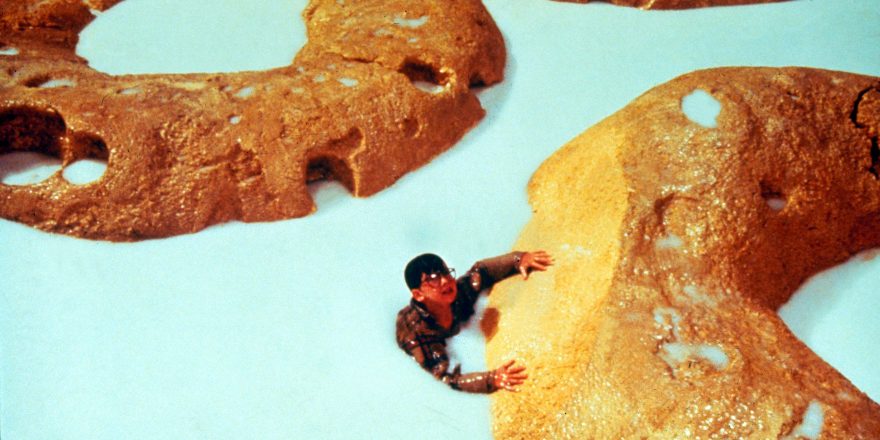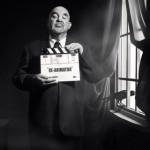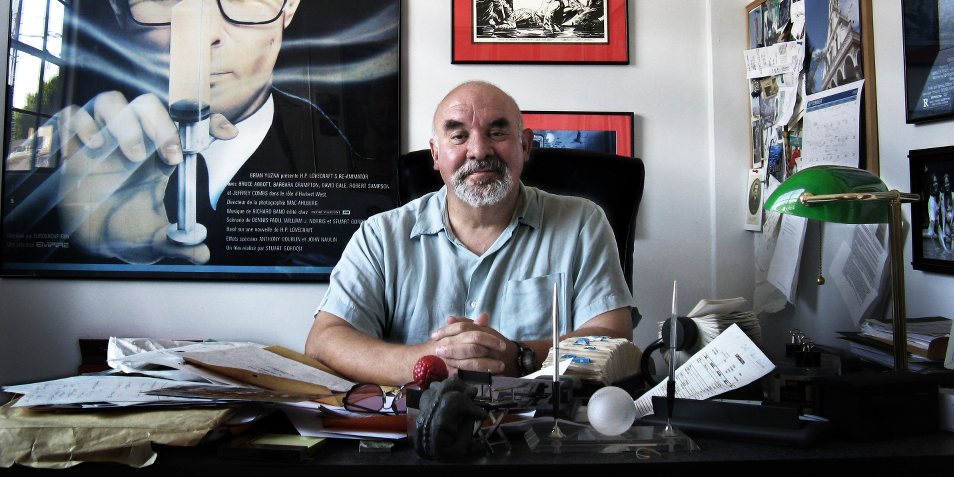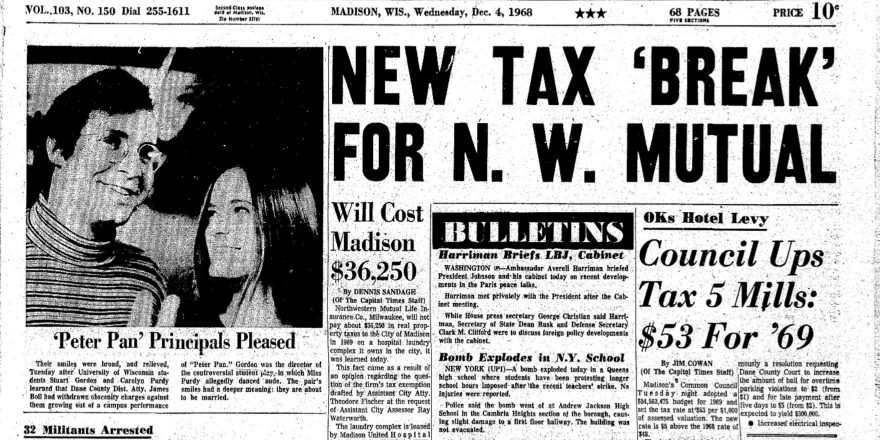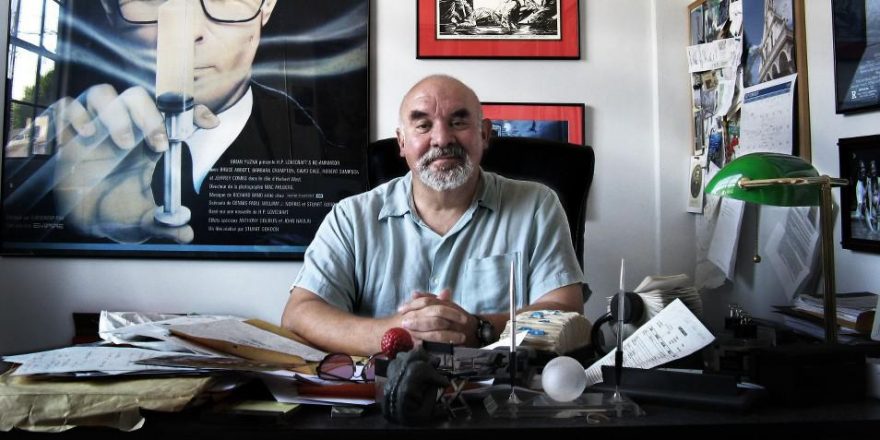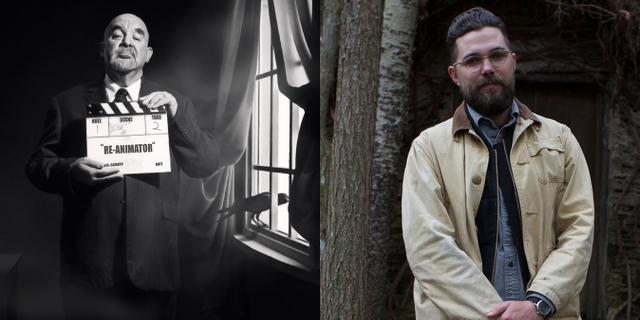On Thursday, April 28, Jeffrey Katzenberg gathered his 1500 employees around the Tuscan-style fountain at his studio’s headquarters in Burbank and announced that he was selling DreamWorks Animation to NBCUniversal.
His tone was upbeat: “I rest easy in knowing that the house of dreams that we’ve spent the last two decades building together – the stories, the characters, the joy and the laughter – has found the best possible home.”
Jeffrey began his career working for New York City’s Mayor John Lindsay while still in high school. (He never attended college.) Next, he became an assistant to Barry Diller at Paramount, where he met Michael Eisner, who in 1984 asked Katzenberg to accompany him to Disney to help save the struggling studio.
In those days, the Disney name was so tarnished that there was even talk of changing its name to Touchstone, and abandoning the family films that were then deemed to be box-office poison. This included discontinuing the animated films after their most recent effort The Black Cauldron had cratered. But Roy E. Disney, who had hired Eisner, insisted that they continue making the cartoons that put the studio on the map and retain the Disney moniker.
“If you want the cartoons so badly,” Eisner had reportedly told Roy, “then you do them.” But the animators were thrown out of the Animation Building to make room for the likes of Bette Midler and Richard Dreyfuss who starred in the lower budgeted comedies that Eisner felt could keep the studio alive.
It was around this time that Brian Yuzna and I brought Disney a project that we called Teenie Weenies about a scientist who accidentally shrinks his children to the size of insects. This film would ultimately be renamed Honey, I Shrunk the Kids. We hired Ed Naha, the author of Dolls (which I directed), to write the screenplay. Ed turned in an elaborate 70-page treatment and we received over a hundred pages of studio notes.
Then he turned to me: “Teenie Weenies – is the title autobiographical?” The room burst into laughter.The notes confused us as they were often contradictory: Shorten this scene / expand this scene. I eventually called my agent, Jeremy Zimmer, for advice. “You have to figure which notes are Katzenberg’s,” he told me. “Those are the only ones you need to pay attention to.” It soon became clear that the most copious notes were from Katzenberg, and his notes were always the most blunt: “This scene is a do-over.” No sugar-coating from him.
It would be months, and a dozen drafts later, before we finally met Jeffrey Katzenberg. It was in the conference room on the fourth floor of the Disney Animation Building, and the large table was filled with more than 20 people: production accountants, special effects experts and a cadre of producers. At the head of the table sat Jeffrey himself, a small man in his thirties with oversized glasses. “Welcome to the first production meeting for Teenie Weenies,” he began. Brian Yuzna and I looked at each other. Were we actually in production? “Clearly we need to find a new title,” Katzenberg continued.
Then he turned to me: “Teenie Weenies – is the title autobiographical?” The room burst into laughter. The film would ultimately be retitled Honey, I Shrunk the Kids because Jeffrey likes titles that tell the audience what the movie is about. Not everyone liked the new title (including me) and I remember one producer reminding Jeffrey that Rain Man wasn’t called My Retarded Brother.
But it’s impossible to insult Jeffrey Katzenberg. I remember a reporter from the New York Times referring to the movies he was cranking out as the McDonald’s of cinema. “Great!” replied Katzenberg. “Who doesn’t like McDonalds?” And of course he was proven right about Honey, as the title has become a part of our national vernacular and the set up to a million jokes. Gary Larson drew a pair of praying mantises going to see Honey, I Ate the Kids.
But don’t imagine that working for Disney was all fun and games. In those days, the studio was referred to as “Mousewitz” and Jeffrey was a harsh taskmaster, expecting everyone to work just as hard as he did. The workday often went long into the night. “And if you don’t like coming to work on Saturday,” Jeffrey would say, “don’t bother showing up on Sunday.”
Breakfast meetings moved from 7 a.m. to 6 a.m. to 5 a.m. Katzenberg even timed the stoplights with a stopwatch on his way to work from Beverly Hills to Burbank so he wouldn’t waste a single minute. He traded in his stick shift Porsche for an automatic Ford Mustang so he could free his hands to make phone calls on the car’s enormous new cell phones. Jeffrey prided himself on personally answering every phone call he received each day, a regimen he still maintains.
As we continued to write and rewrite the script, Jeffrey would throw concepts at us. Once he suggested that the miniscule kids should encounter an enormous pile of dogshit. “As big as the Beverly Center!” he enthused. Now, thanks to Jeffrey, whenever I see the Beverly Center I think of it as an enormous turd.
He had another idea that the kids should be trapped in a gigantic shopping cart being bombarded with groceries. I assumed this was a way of having more product placement in the film so he could increase the budget without it coming out of the studio’s pocket. But it did inspire my favorite scene in the film. One of the kids falls into a bowl of Cheerios and stays afloat in the sea of milk by using the O-shaped cereal as a life-preserver. His inventor-father scoops him up in a spoon and in a moment of Freudian perversity is about to accidentally devour his son when the kid yells, “Please Dad, don’t eat me!” Thank you, Jeffrey.
But the pressure of working at Disney eventually took its toll on me, sending my blood pressure sky-rocketing and I had to drop out of directing the picture. And the only person to call to wish me well was … Jeffrey Katzenberg. The result was that my wife now eternally loves him and I have to keep reminding her (to no avail) that Jeffrey was the guy who made my blood pressure soar in the first place. Jeffrey even gave Eisner a heart attack, prompting him to fire Katzenberg rather than promote him. His fall from grace was also due to having alienated Roy Disney by taking credit for the animated films: The Little Mermaid, Beauty and the Beast and The Lion King. Roy always referred to him as “The Usurper.”
Jeffrey’s response (as we all know) was to join forces with David Geffen and Steven Spielberg to form DreamWorks SKG. Katzenberg took charge of the animation studio, which was the sole survivor after the two other moguls dropped out.
Katzenberg ended up proving Roy Disney wrong. Jeffrey had genuinely fallen in love with animation and during the next 20 years, he explored the medium’s possibilities exclusively as it shifted from hand-drawn cells to 3D computer-generated images.
I feel lucky to have collaborated with Jeffrey Katzenberg, a true icon and the hardest working man in show business, the exact opposite of the dull corporate clones who now run Hollywood. And I’m looking forward to what he does next. All that energy has to go somewhere.
So A.M.F., Mr. K. Adios, my friend.


